The latest HarmonyOS 2 has much more features that the company promises to bring out. August 9, 2019. Surely the date does not say anything, but if we look back we will remember that it was the day that Huawei officially introduced us to HarmonyOS. An important day that, unfortunately, left us wanting to see this new operating system running on a smartphone. Today, finally, we know how it will be and what functions it will offer us, so we are going to review it all.
Beyond the design, which is nailed to EMUI as we know it, what is really interesting is in the IoT integration that it proposes to us. HarmonyOS is an operating system to conquer them all, as the company anticipated at the time, and its value lies in the possibilities it offers us in order to control everything from any device and, in turn, to have everything synchronized.
One operating system to control them all
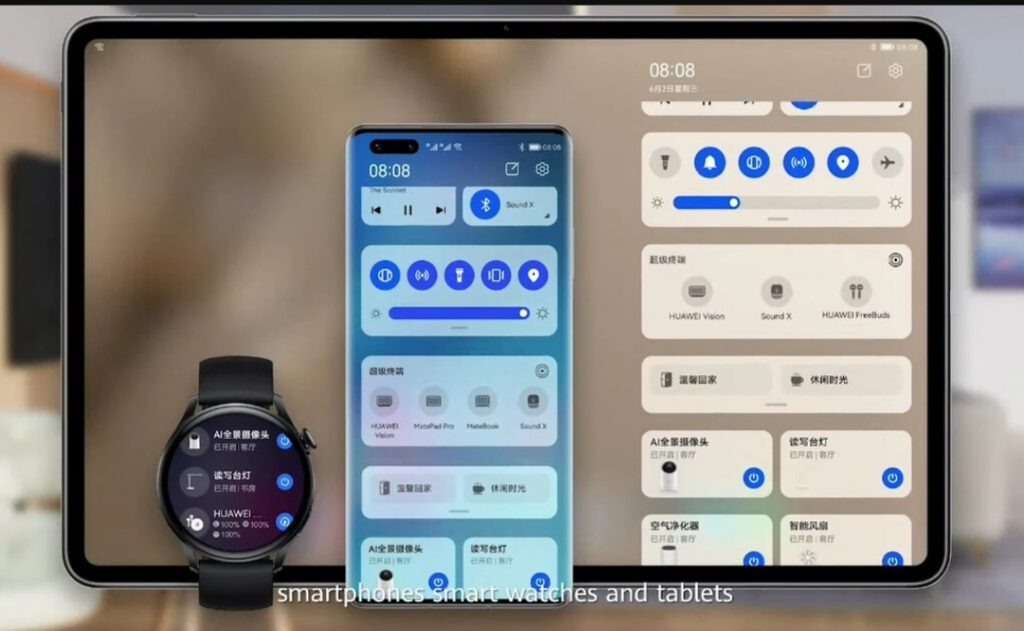
As we said, the idea of HarmonyOS is to be able to access everything from any device. In that letter, the control panel plays a fundamental role, an aspect that Huawei has placed great emphasis on. From this panel we can not only control things like WiFi or mobile sound, but also manage all IoT devices. What’s more, this control panel is available on mobiles, tablets and watches and is synchronized, so if we change something on the mobile, this change will be reflected in the rest of the gadgets.
From what Huawei has taught us, from the control panel we can have quick access to all the devices in the ecosystem, such as surveillance cameras, fans, light bulbs, etc., and manage them with just a couple of taps. If someone uses iOS, it will probably be familiar to them, since the operation is similar to the integration of the Home app with the control panel.
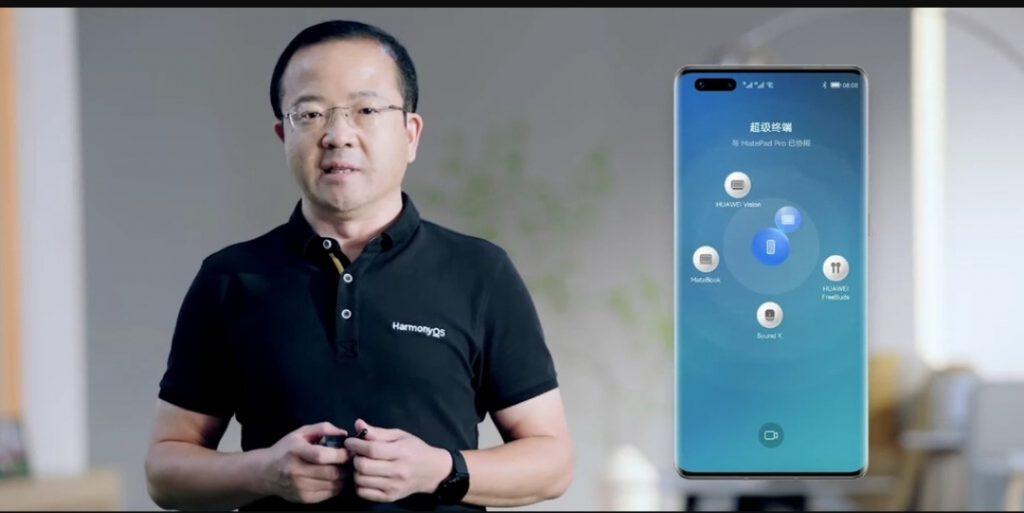
Among the functions that Huawei offers us is the possibility to select on which devices we play music using the music playback widget, or connect to other devices on our same WiFi network using the “Super Device” widget. This is a screen in which gadgets appear in bubbles and we simply have to drag the mobile icon to one of them to connect them to each other. This can be used to stop the music from playing on the mobile and start doing it on the Huawei Sound X, for example.
A more interesting case is watching TV. If we are watching a movie on our Huawei Vision (Huawei TVs) we can create a “Super device” with the mobile (control center), television (screen) and headphones (sound output), all using this widget that we will find on the control panel. This, of course, indicates that it will only be possible with devices from the company or that are part of its ecosystem.
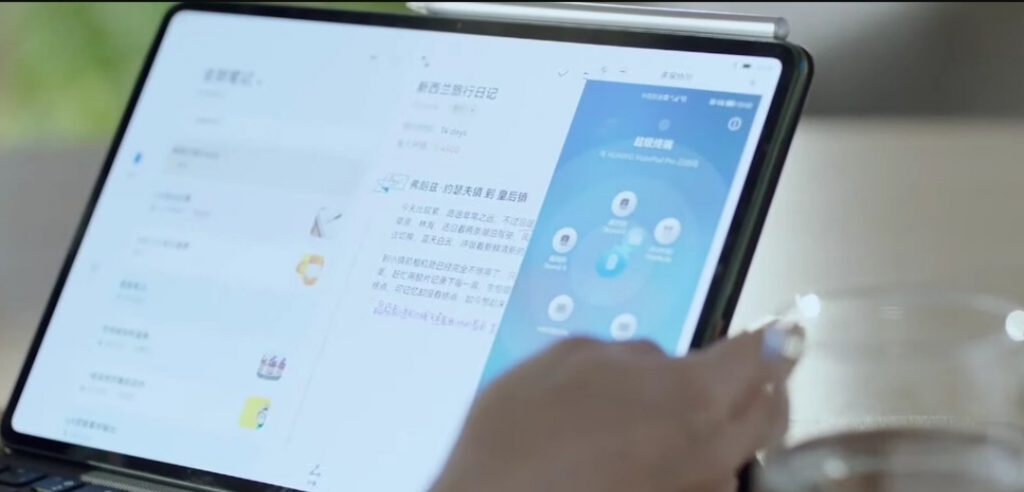
That applies to computers (thanks to a HarmonyOS plugin) and tablets. The user can synchronize his mobile with the computer or tablet and exchange information between them without problem. For example, you can attach a photo from your mobile gallery to an email you are writing in Windows just by dragging that photo. And vice versa, of course, from PC or tablet to mobile.
We have also been able to see HarmonyOS Connect, which seems to be the materialization of the connected ecosystem based on this new operating system. According to Huawei, almost no one installs the applications of connected home appliances, so they have had an idea: that the functions are accessible from the mobile. In this way, we can link an oven or a mixer connected to the mobile phone simply by bringing both devices closer to, once linked, control everything from the control panel. Very useful, although it will be necessary to see how many devices will be compatible in the short-medium term.
The main screen gains prominence
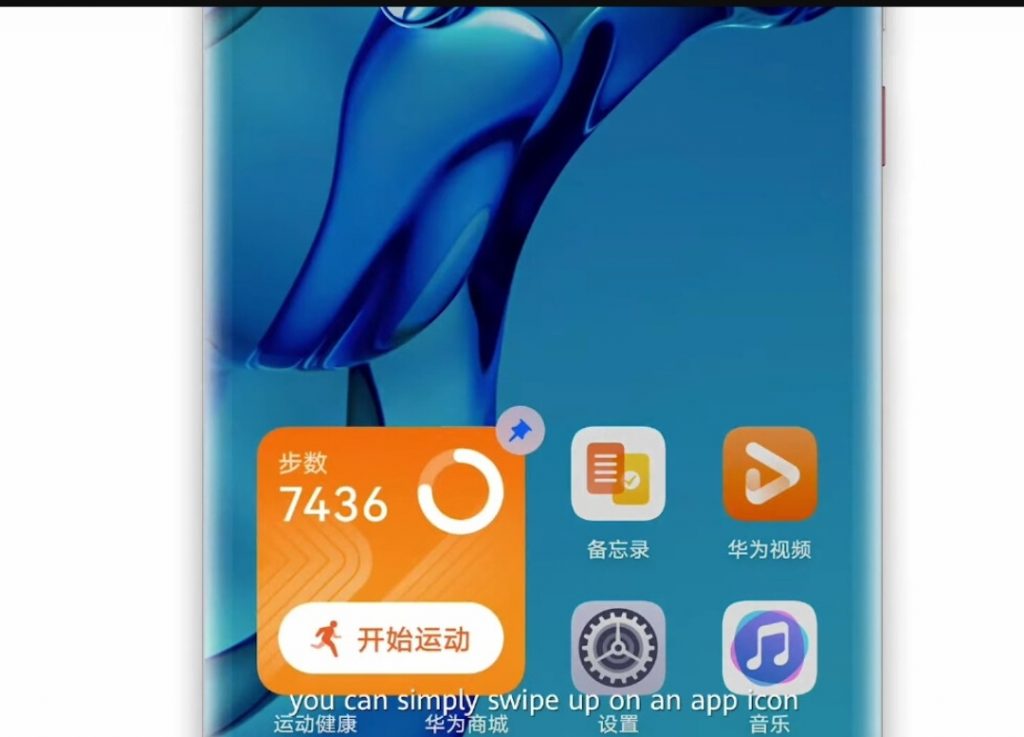
Now that we know HarmonyOS as the central axis of a connected IoT ecosystem, let’s see what it offers us in terms of design and functions. While it is true that, in principle, HarmonyOS should be compatible with Android apps, developers must adapt their apps to take advantage of the benefits offered by the operating system.
One of them is “Atomic Services” and “Widgets Services”. Basically, it is a function that allows the user to swipe up on the apps icon to see more information without having to enter it. Let’s say it’s like displaying an app widget with useful information. What’s more, that same widget can be set directly on the main screen so that it is always there.
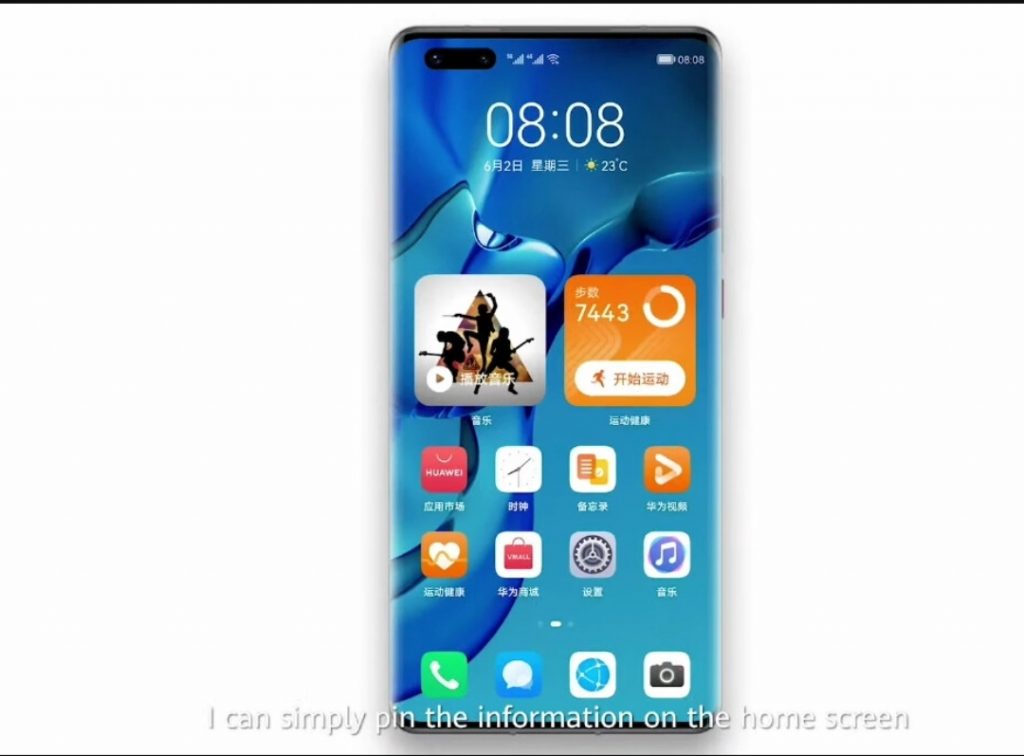
Not only that, but thanks to the distribution capabilities of HarmonyOS, all these widgets that we put on the screen will appear on Huawei tablets, televisions and watches. In this way, if we add a widget over time, this same widget will automatically be placed on all the other devices that we have connected.
Another curious option is that when putting two apps in a folder, the operating system will propose other related apps that we can put in that same folder to keep everything in order. In addition, we can turn that folder into a large widget so that we can better see what applications are inside.
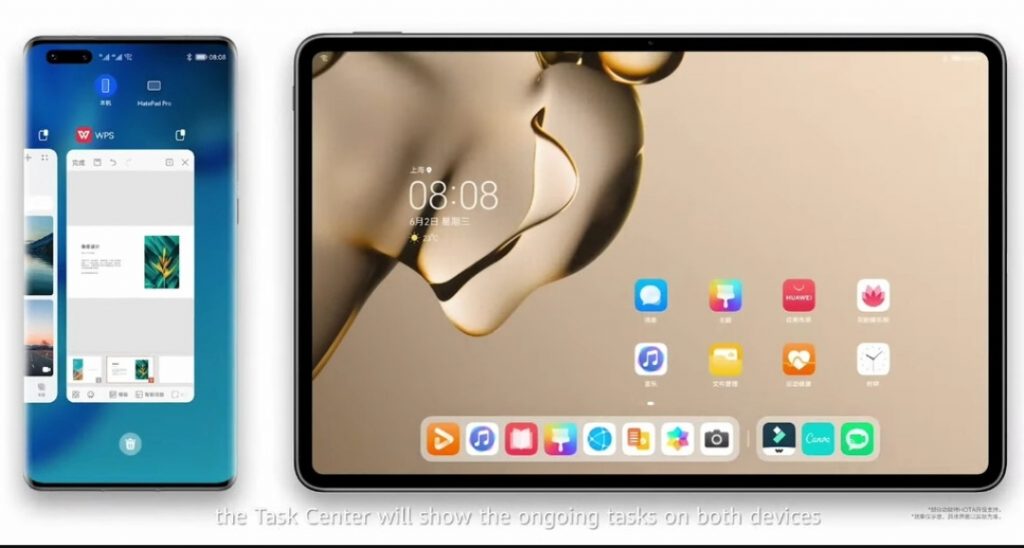
And speaking of applications, something striking is that we can run apps that are not installed on one device from another in which they are. Running apps are synchronized between devices, so from the mobile you can see which apps are open on the tablet, and vice versa. With the push of a button, we can transfer a game that we are running on the mobile to the tablet and play from it, something very, very interesting that, all said, they have not explained exactly how it works.
Performance improvements, another promise of HarmonyOS
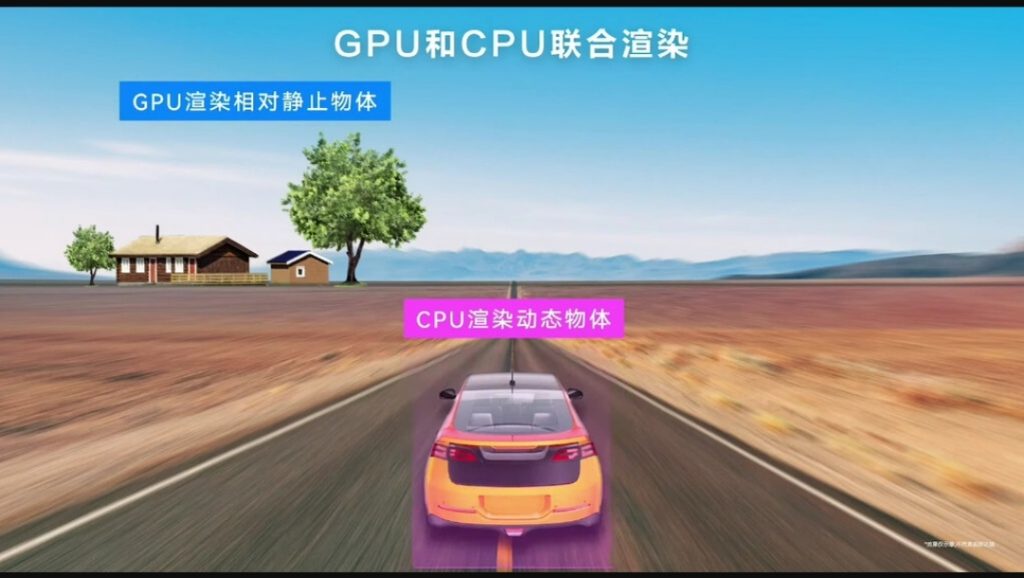
Finally, from Huawei they have indicated that their new operating system has certain improvements focused on performance. For example, they ensure that you have better management of internal storage to avoid bottlenecks when it is full. They also claim that their rendering system, DGraphic Engine, which uses the CPU and GPU to render images and that everything goes more fluid, something designed for games.
That results in better battery management. According to Huawei, while an iPhone 12 Pro Max with iOS 14.4 can last up to 3.9 hours playing a demanding game at 60 FPS, a Mate 40 Pro with HarmonyOS can last 5.1 hours playing at 90 FPS. It’s lab data, of course, but it’s certainly interesting.
The first devices with HarmonyOS
Unfortunately, this operating system has not yet made its way into a commercial smartphone. Not only that, but from Huawei they have not commented on a possible migration of their mobile fleet, something they said they could do in a day or two when they presented HarmonyOS years ago. We only know that Huawei has committed to updating more than 100 current devices to HarmonyOS.
Thus, the first devices of the company that will have HarmonyOS are, in addition to the TVs that we already know, are its two new smartwatches ( Huawei Watch 3 and Watch 3 Pro ) and the two new tablets ( Huawei MatePad 11 and MatePad Pro ). You will have to wait to see HarmonyOS working on a smartphone.

